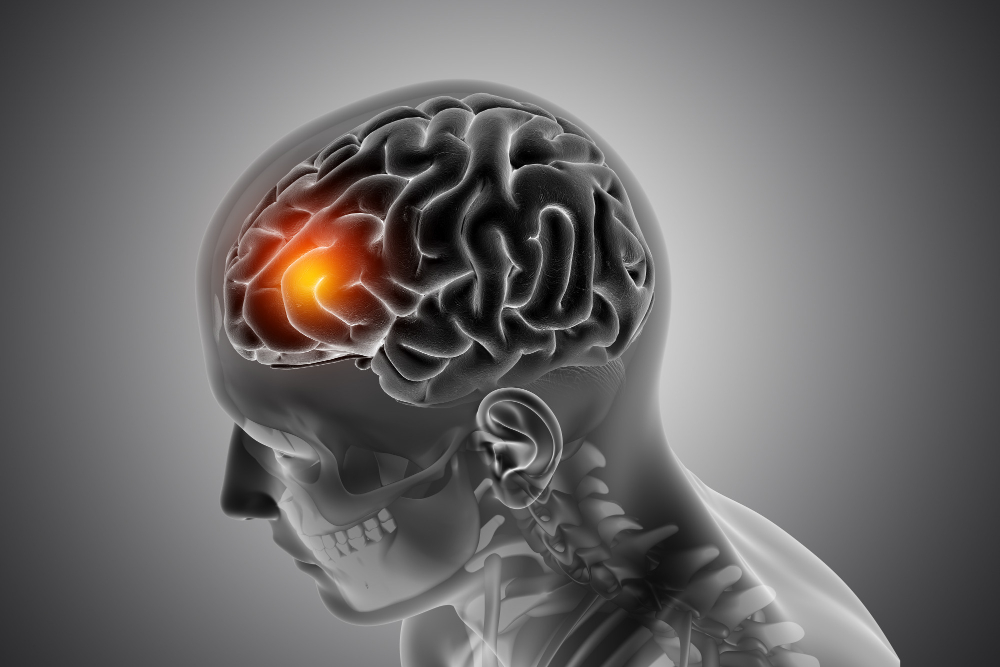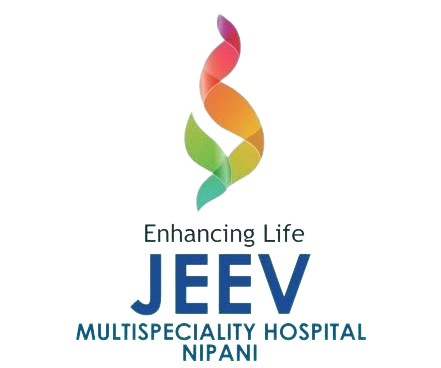STROKE

A stroke, also known as a cerebrovascular accident (CVA), occurs when blood flow to the brain is disrupted, leading to brain cell damage and potentially permanent neurological deficits. Strokes can be classified into two main types: ischemic and hemorrhagic.
Types of Stroke:
Ischemic Stroke:
- Cause: Occurs due to a blockage (usually a blood clot) within a blood vessel supplying blood to the brain.
- Symptoms: Sudden onset of weakness or numbness in the face, arm, or leg (typically on one side of the body), difficulty speaking or understanding speech, and sudden confusion.
- Treatment: Immediate intervention involves dissolving or removing the clot to restore blood flow, often with thrombolytic medications (like tissue plasminogen activator, tPA) or mechanical thrombectomy.
Hemorrhagic Stroke:
- Cause: Results from a rupture of a blood vessel in the brain, leading to bleeding and increased pressure on brain tissues.
- Symptoms: Sudden severe headache, nausea, vomiting, vision changes, and loss of consciousness.
- Treatment: Focuses on controlling bleeding, reducing pressure in the brain, and stabilizing vital signs. Surgery may be required to repair the blood vessel.
Risk Factors:
- Modifiable Risk Factors: High blood pressure, diabetes, high cholesterol, smoking, obesity, and physical inactivity.
- Non-modifiable Risk Factors: Age (over 55), family history of stroke, prior stroke or transient ischemic attack (TIA), and certain genetic conditions.
Emergency Response:
- F.A.S.T. Assessment: Recognize stroke symptoms—Facial drooping, Arm weakness, Speech difficulties, Time to call emergency services.
Diagnosis and Treatment:
- Diagnostic Tests: CT scan or MRI to confirm the type and location of stroke.
- Immediate Care: Stroke units for specialized care, oxygen therapy, blood pressure management, and monitoring.
Stroke Care
At Jeev Multispeciality Hospital, we provide prompt and comprehensive care for stroke patients:
Emergency Response:
- Immediate Assessment: Rapid evaluation and diagnosis to determine the type of stroke and appropriate treatment plan.
- Stroke Team Activation: Multidisciplinary team including neurologists, neurosurgeons, and critical care specialists.
Treatment Strategies:
- Ischemic Stroke: Administering thrombolytic therapy within the critical time window or performing mechanical thrombectomy for eligible patients.
- Hemorrhagic Stroke: Surgical intervention, if necessary, to repair blood vessel abnormalities and reduce bleeding.
Rehabilitation and Recovery:
- Stroke Units: Specialized units for intensive monitoring and rehabilitation therapies.
- Physical Therapy: Regaining motor skills and function through tailored rehabilitation programs.
Secondary Prevention:
- Medication Management: Prescribing medications to manage risk factors like blood pressure, cholesterol, and blood sugar levels.
- Lifestyle Modifications: Encouraging healthy diet, regular exercise, smoking cessation, and ongoing monitoring.
Patient and Family Support:
- Education and Counseling: Providing information on stroke prevention, recognizing symptoms, and optimizing recovery outcomes.
- Long-Term Care Planning: Assisting with discharge planning and community resources for continued support.


